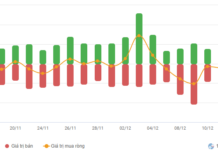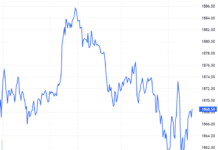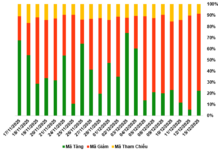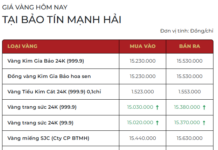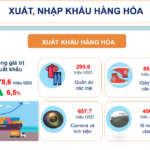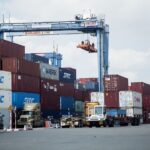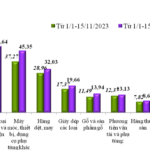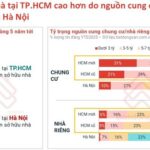Greater Commitments to Vietnam Than Other Countries
According to the Ministry of Industry and Trade, in the CPTPP Agreement content, the UK committed to opening up six areas, including: Trade in goods, trade in services – investment, temporary entry for business visitors, government procurement, and financial services. This is also the largest trade agreement signed by the UK since leaving the European Union in 2020; creating an additional goods export market for Vietnam to access with an import turnover scale of up to £900 billion per year.
Especially during the negotiation process between the UK and Vietnam on joining the agreement, the country committed to opening up the market at a high level according to the standard of the agreement, higher for Vietnam than the commitments to other member countries and also higher than the commitments in the bilateral FTA between Vietnam and the UK.
Specifically, the UK committed to eliminating 94.4% of tariff lines for Vietnam immediately when the agreement takes effect (while the elimination rate of other CPTPP members is 93.9%). Therefore, many agricultural products with export potential and strengths of Vietnam such as rice, seafood, cassava starch… all enjoy the UK’s commitment level better than that committed in the UKVFTA.
For rice, the UK commits to granting Vietnam a tariff quota that increases gradually from 3,300 tons/year in the first year to 17,500 tons/year from the 8th year (i.e. 2030) onwards, with an in-quota tax rate of 0%, nearly doubling the rice quota that the UK commits to other CPTPP members.
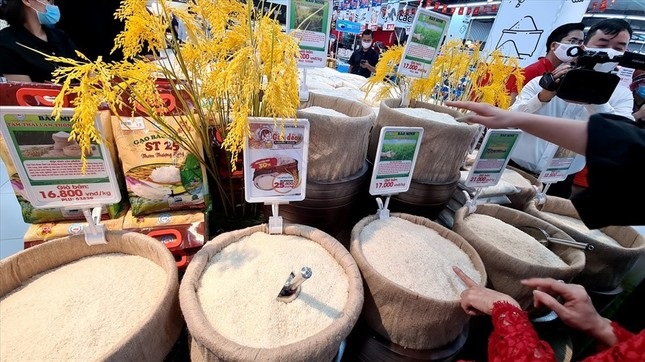 Rice exports to the UK will be gradually increased with a preferential tax rate of 0%.
|
For seafood, the preferential import tax on Vietnam’s key seafood products to the UK is currently mostly at 0%. However, there are still a few codes such as processed shrimp HS 160521 and 160529 that are subject to a 7% tax rate. These two product lines of Vietnam are both ranked first in the UK, accounting for 36% market share, but the room will be larger when Vietnamese shrimp is entitled to tariff preferences from the UK’s accession to CPTPP. The UK committed to completely removing quotas and import taxes on tuna immediately when the Agreement takes effect or after 7 years for a small number of tax lines.
Notably, the UK has signed a letter sent to Vietnam confirming that the industries currently operating in Vietnam are considered to be operating under market economy conditions… This creates favorable conditions for Vietnam in trade remedy investigations, especially anti-dumping investigations. With this result, Vietnam’s export goods will not be discriminated against and will be applied with more reasonable anti-dumping taxes.
What Do Vietnamese Enterprises Need to Pay Attention to?
Statistics from the General Department of Customs show that in the first 11 months of this year, Vietnam’s exports to the UK market reached nearly US$7 billion, and this country is also Vietnam’s 7th largest export market.
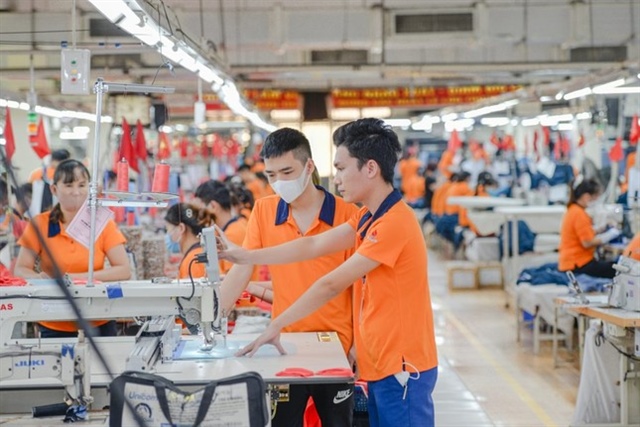
Vietnamese enterprises need to improve product quality and closely control the entire production process. Photo illustration. |
Some items such as seafood reached about $290 million, cashew nuts $93 million, coffee over $120 million, bags and suitcases over $110 million, wood and wood products over $200 million, textiles and garments nearly $700 million, footwear of all kinds over $900 million, especially phones and components reached about $1.1 billion, machinery, equipment and spare parts reached $1.2 billion,…
However, in fact, the UK is one of the most demanding markets in the world in terms of goods circulation standards. Therefore, to take advantage of the opportunities in CPTPP, Vietnamese export goods must meet the standards for domestic circulation. Vietnamese enterprises also need to improve their competitiveness by improving product quality, closely controlling the entire production process, and ensuring traceability to promote exports.
Duong Hung
Vietnam Achieves $24.31 Billion Trade Surplus in the Last 11 Months
According to the General Statistics Office, the total import and export turnover of goods in November reached a preliminary figure of $66.4 billion, a 4.1% decrease from the previous month. For the eleven-month period ending November 2024, the total import and export turnover of goods reached a preliminary value of $715.55 billion, reflecting a 15.4% increase compared to the same period last year. This growth was driven by a 14.4% rise in exports and a 16.4% surge in imports. The trade balance recorded a surplus of $24.31 billion during this period.
The Art of Trade: Unveiling November’s $681 Billion Dollar Secret
Despite a decline in the first half of November, the total trade value of goods from the beginning of the year to November 15, 2024, reached an impressive $681.48 billion. This remarkable figure marks a 15.7% increase compared to the same period in 2023. Exports witnessed a 14.8% surge, while imports climbed even higher, reaching a 16.6% increase.
Weaving a Brighter Future: Vietnam’s Textile Industry on Track to Achieve $44 Billion Export Target
The Vietnam Textile and Apparel Association (Vitas) asserts that the textile industry’s export target of 44 billion USD by 2024 is well within reach. The association bases this optimism on the fact that the end of the year typically sees a surge in production orders for the festive season, encompassing both Christmas and New Year celebrations.


